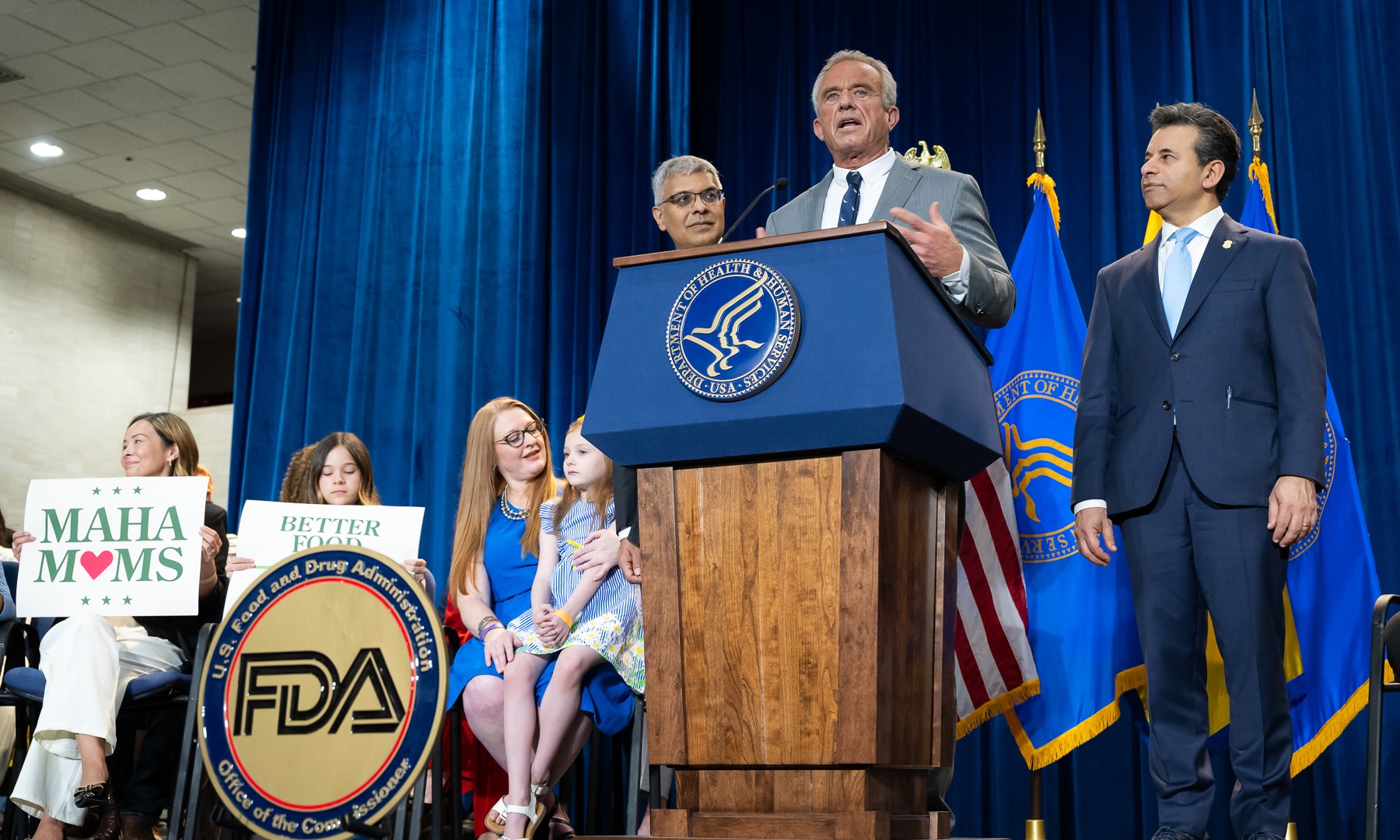Mental health remains one of the most misunderstood facets of human well-being, largely due to persistent social stigmas. Stigma, in this context, refers to the negative stereotypes, labels, or discrimination directed at individuals who experience mental health conditions. These stigmas are not just personal opinions; they are deeply embedded in societal attitudes, cultural norms, and even institutional policies, leading to far-reaching consequences.
Categories of Societal Stigma Impacting Mental Well-being
Societal Stigma denotes the unfavorable perceptions held by the broader community regarding individuals experiencing mental health conditions. This is evident in the use of disparaging terms, the marginalization of these individuals from social circles, and the dissemination of misconceptions that characterize them as aggressive, untrustworthy, or incompetent. For instance, media depictions frequently overstate the violent tendencies of people with schizophrenia, even though research consistently shows they are more prone to being targets of violence rather than its perpetrators.
Self-Stigma occurs when individuals internalize public prejudices, leading to diminished self-esteem and self-efficacy. Someone diagnosed with depression might begin to see themselves as inherently weak or broken, which can deter them from seeking support or fully engaging in life pursuits.
Structural Stigma is observed in social institutions, such as healthcare, education, and the workplace. Policies that limit insurance coverage for mental health treatment, discriminatory hiring practices, or educational exclusion due to perceived instability all contribute to the systematic disadvantage of those grappling with mental health challenges.
Prominent Societal Prejudices and How They Appear
1. Weakness and Lack of Willpower One prevailing stigma is the notion that mental illness is a sign of weakness or a character defect rather than a medical issue. People facing anxiety disorders or clinical depression are often told to “snap out of it” or “just be positive,” thus minimizing the validity of their struggles. This attitude overlooks biological, genetic, and environmental underpinnings that are central to mental health conditions.
2. Dangerousness and Unpredictability Individuals with mental illnesses, particularly psychotic disorders, are frequently painted as dangerous or unpredictable. This misconception fosters fear and avoidance, as illustrated by public reactions to those showing symptoms in public spaces. Studies have shown that people with mental illnesses are no more likely to commit violent acts than the general population, yet they are more likely to suffer violence and abuse.
3. Incompetence A significant societal prejudice involves the belief that individuals experiencing mental health issues are incapable of performing adequately in academic settings, professional environments, or within the broader community. Employers might be reluctant to employ or advance individuals who have revealed past psychiatric conditions, out of concern for their dependability. However, studies have actually shown that with appropriate assistance, the majority of people successfully manage their conditions and contribute meaningfully across all aspects of life.
4. Contagio y Exclusión Algunas sociedades perciben la enfermedad mental a través del prisma del contagio, como si los síntomas fueran transmisibles cual enfermedad infecciosa. Tales creencias pueden arraigarse particularmente en culturas colectivistas, llevando a las familias a ocultar a los miembros afectados, evitar buscar ayuda profesional, o incluso respaldar la institucionalización en lugar de la participación comunitaria.
Consequences of Social Stigmas on Mental Health
Societal prejudices hinder the identification, care, and healing processes. The apprehension of being judged causes numerous individuals to conceal their symptoms or completely shun mental health assistance. The World Health Organization reports that up to 60% of those afflicted with prevalent mental illnesses refrain from seeking aid, primarily owing to the expected disapproval.
The compounding effect of stigmas can result in social isolation, unemployment, deteriorating physical health, and an increased risk of suicide. For instance, a 2022 study in the United States found that individuals who internalized stigmas had a significantly higher likelihood of foregoing medical care and reporting hopelessness.
Cultural Nuances in Social Stigma
While mental health stigmas are universal, their nature and severity can differ according to cultural context. In some societies, psychiatric symptoms may be attributed to spiritual or supernatural forces, resulting in ostracization or exorcism rather than medical intervention. Immigrant and minority communities often face additional stigmas, where revealing mental health struggles can be perceived as dishonoring one’s family or community.
Case studies from East Asia underscore the influence of collective shame: individuals experiencing depression might endure their struggles privately to prevent “losing face.” Conversely, in certain Western environments, extreme individualism can result in the under-acknowledgment of distress until it escalates to a critical point, as people are anticipated to “pull themselves up by their bootstraps.”
The Role of Media, Language, and Policy
Media coverage has a significant impact on the perpetuation or reduction of stigma. Tabloid headlines linking mental illness with sensational crimes reinforce dangerous stereotypes. Alternatively, campaigns that showcase lived experiences can humanize these conditions and promote empathy.
Language is another critical agent. Terms like “crazy,” “psycho,” or “lunatic” are stigmatizing and deter open conversations. Shifting towards people-first language, such as “individual living with bipolar disorder,” is a conscious step toward reducing harm.
Policy change is essential. Legal safeguards, equal insurance coverage for psychological and physical health, and anti-discrimination workplace protocols directly address structural stigma and increase access for those affected.
Advancing Stigma Mitigation
Efforts to dismantle social stigma must address all levels: individual, community, and systemic. Educational programs in schools and workplaces, open dialogues led by those with lived experience, and inclusive policy reforms collectively erode negative stereotypes and promote mental health literacy. Greater visibility for mental health initiatives and diverse role models contribute toward normalizing conversations and fostering environments in which seeking help is a sign of strength, not weakness.
Grasping and tackling societal stigmas is crucial not just for enhancing personal welfare but also for building communities that recognize mental well-being as fundamental to comprehensive human health. Altering the discourse surrounding mental illness fosters environments where compassion, understanding, and healing can genuinely flourish.




